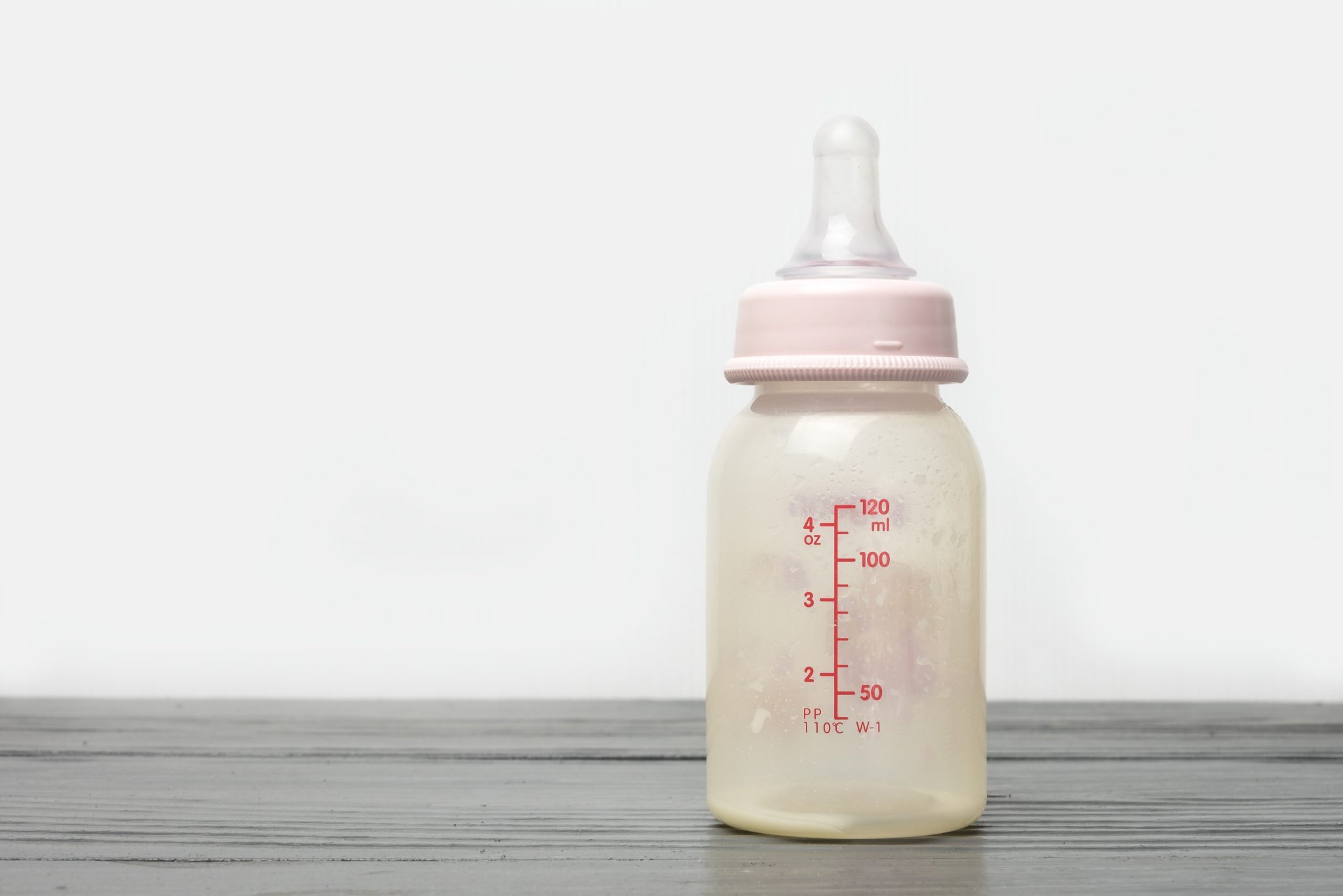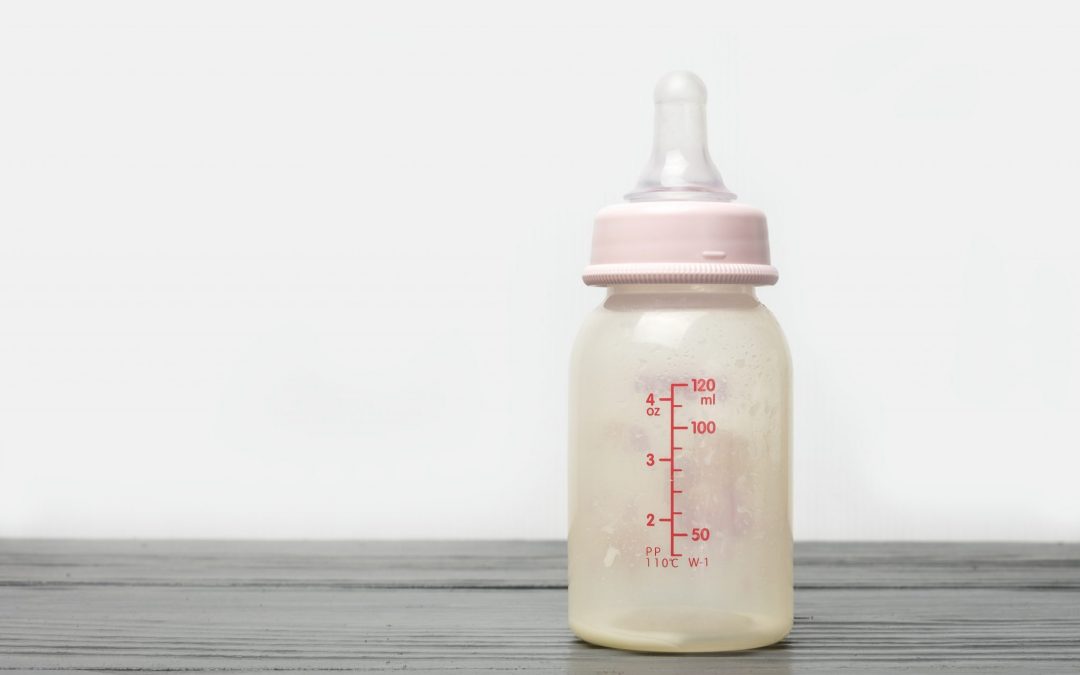
Whether this is your first or third baby that you have nursed, it’s common to wonder at some point if your baby is getting enough to eat. Because breast milk is easily digested by babies, it’s normal for them to need to eat frequently. This frequent need to eat can make it seem like your baby isn’t getting enough breast milk. Take a deep breath. We’re breaking down how often your baby needs to nurse and what signs to look for to ensure that he or she is getting enough milk.
Nursing Frequency
Your newborn has such a small stomach that it won’t take much milk to satisfy him or her. Unfortunately, your new little one is also working hard at developing their muscles and learning the skill of nursing, so it can take a long time for him or her to get that small amount of milk. In the first few months, it’s common for babies to need to nurse every two to three hours and for nursing sessions to last anywhere from 30 to 45 minutes. As your baby’s stomach grows and they become more efficient at nursing, they will be able to stretch out the time between nursing sessions to every three to four hours and each session will shorten to between 15 and 20 minutes.
Discerning Hunger Cues from Comfort Cues
Babies enjoy nursing to pacify themselves when they are upset or when they are tired and want to go to sleep. It’s easy to confuse your baby’s desire to comfort themselves with being hungry, which may make you worry that your baby isn’t getting enough milk. Looking for hunger cues before your baby begins to cry can help you discern between times when your baby needs food or when he or she needs to be comforted. Your baby is hungry if he or she is:
- Opening their mouth and/or sticking their tongue out
- Rooting (turning their head to the side and opening their mouth)
- Sucking on anything within reach
- Bringing their hand to their mouth
- Getting into a nursing position
- Turning red and agitated
Signs that Your Baby is Getting Enough Milk
The best way to determine if your baby is getting enough milk at each nursing session is by looking for signs like:
- Your breasts feel softer after each nursing session
- Baby seems relaxed after nursing
- Baby is gaining enough weight (babies should gain between six and eight ounces per week for the first four months)
- Baby is wetting at least six diapers per day
- Baby’s urine is pale yellow
Tips for Pumping Moms
If you are choosing to pump in order to work, it’s important to mimic the frequency that your baby would nurse with pumping. Try to pump every three to four hours for 10 to 15 minutes on each side. Moms who are trying to increase their milk supply through pumping should pump after every nursing session for five to ten minutes.
When it comes to feeding your baby the milk you have pumped, it can be challenging to decide how much your baby needs. Breastfed babies between one and six months of age drink an average of 25 ounces per day, though this number can fluctuate anywhere between 19 and 30 ounces. To estimate how much your baby will need at each feeding, divide 25 by the number of times your baby nurses each day. For example, if your baby nurses seven times a day, he or she needs between three to four ounces of milk at each feeding.
It’s important to remember that your baby will go through growth spurts where he or she will nurse more frequently or will increase the number of ounces they are drinking at each feeding. Your baby may also want to “cluster feed” during growth spurts, which means that he or she will want to nurse or take a bottle more frequently than every two to three hours. During these times, take a deep breath and don’t worry that you aren’t producing enough milk. Check for the signs that your baby is getting enough to eat and be reassured that he or she is just about to grow into a new set of clothes.
Ameda offers a variety of insurance-approved breast pumps and supplies that make pumping easy and comfortable for both mom and baby. All of Ameda’s breast pumps feature CustomControl™ which allows you to customize the suction and speed settings so that you can find the flow that most comfortably mimics your baby. Fill out our three-step form to see if you’re eligible to receive a free insurance-provided Ameda breast pump.


 Complete Our Simple Online Form
Complete Our Simple Online Form We’ll Handle All The Paperwork
We’ll Handle All The Paperwork Receive Your Free Ameda Pump
Receive Your Free Ameda Pump